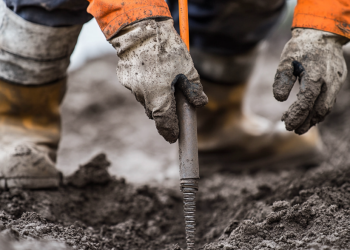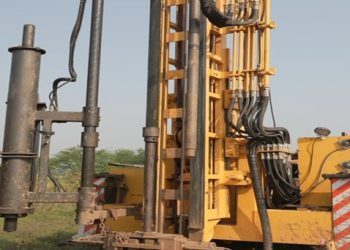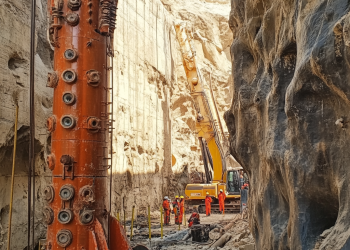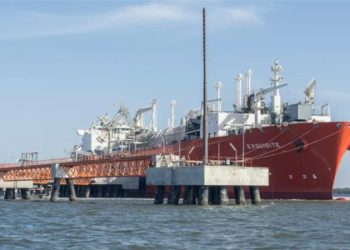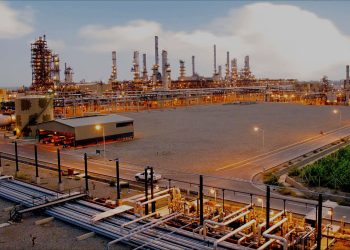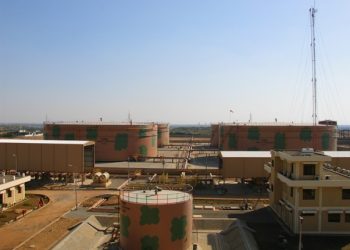Advanced Non-Destructive Testing

Advanced Non-Destructive Testing is a group of Non-Destructive Testing processes that utilize NDT techniques that offer a proven high probability of detection from specialized equipment and techniques.
When conventional Non-Destructive Testing (NDT) methods don’t match with the increasing demands on performance, sustainability and project efficiency of facilities, oil and gas plants, pipelines, tanks, boilers, and steel structures, advanced NDT methods come in handy.
Velosi offers Advanced Non-Destructive Testing methods to help our clients:
Improve plant reliability.
Enhance safety.
Extend plant life.
Meet regulatory requirements.
Reduce operational and maintenance costs.
Directly linked to the nuclear power industry, these advanced NDT methods complement our traditional quality assurance and quality control services.
Advanced Non-Destructive Testing incorporates the below methods:
-
Corrosion Mapping
A quantitative technique to examine a material where oxidation or erosion has decreased its thickness.
-
Time of Flight Diffraction (TOFD)
An advanced NDT inspection process used to detect defects, including cracks, lack of fusion and slag inclusion, in the welding process.
-
A and B Scan Enhancement Imaging (ABI Scan)
A scan imaging technique to inspect welds situated in complex access areas and difficult geometries.
-
Floor Map Imaging
A process that utilizes guided and surface waves to examine corrosion annular plates under pipe supports.
-
Electro Magnetic Array Testing (EMA)
A method used, employing electromagnetic induction, to analyze and define surface and sub-surface flaws in conductive substances.
-
Computed Radiography
A procedure developed as a substitute for conventional film radiography to assure the safety and integrity of assembled components and assemblies.
-
MFL Tank Floor Scanning
A technique used to identify underside corrosion from the surface, giving complete coverage of the floor.
-
Insulated Component Testing (INCOTEST)
A dependable process for surveying ferrous pipes and vessels through their protective and thermal insulation coatings.
-
Phased Array
A computerized method that offers a precise image of the weld, which enables technicians to decide the exact length, height and depth of any cracks that may be identified.
-
Tube Inspection Services
An essential tool used in the refining and petrochemical industries to identify any potential issues related to lost productivity.
-
Electro-Magnetic Acoustic Transducer (EMAT)
A non-destructive testing technology used to the fields of high temperature and on-line inspection.
-
Long Range UT Guided Wave Inspection
A technique used to test long lengths of pipe for quickly identifying areas of internal and external corrosion and other issues.
-
Remote Visual Inspection (RVI)
A type of inspection that uses visual aids to enable an inspector to look at materials and objects from a distance as the objects are unreachable or in hazardous environments.
-
Direct Current Voltage Gradient (DCVG)
A surveying strategy used for assessing the efficiency of corrosion protection on buried steel structures.
-
Close Interval Potential Survey (CIPS)
A method used to evaluate the competence of the cathodic protection system of a submerged or buried pipeline.
-
Pipeline Current Mapper
A tool used to conduct an AC current attenuation survey for qualitatively ranking coating quality and highlighting pipeline locations with the most relevant defects.
-
UT Crawler
A rapid method used to inspect remote access areas including tank surfaces.
-
Non-Destructive Testing Pigs
An effective technique used to detect specific kinds of corrosion or damage in various forms of pipes






